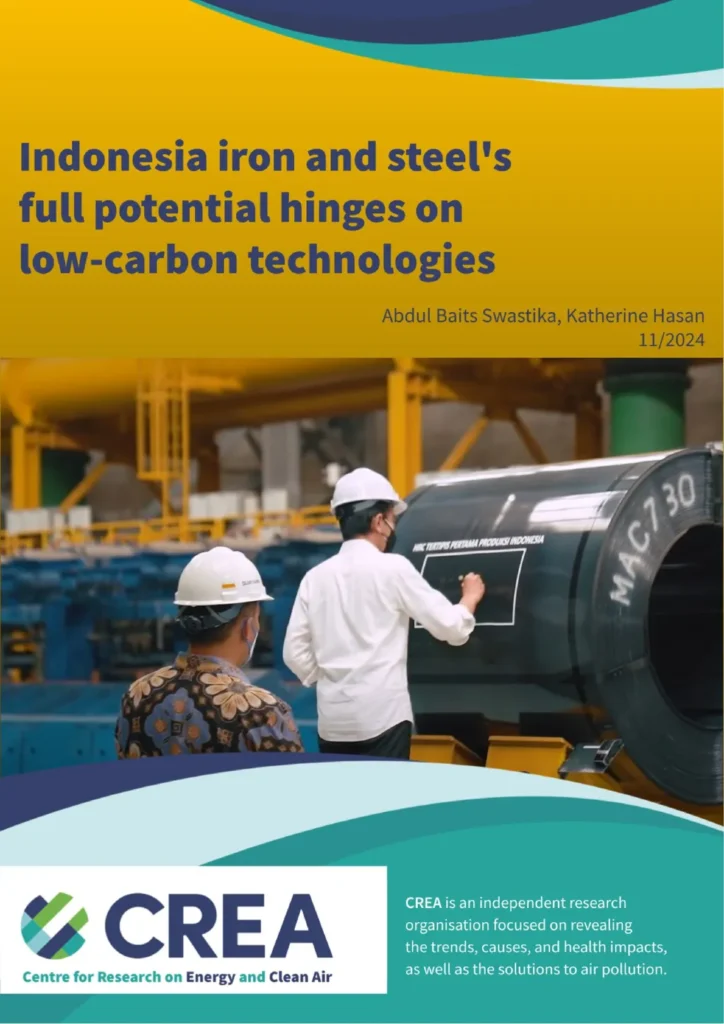In the world of industrial construction and energy infrastructure, steel is the backbone, and welding is the binding force. Yet, the process isn’t always as straightforward as it seems. Arif Rachman, a researcher from the Department of Mechanical Engineering at Universitas Singaperbangsa in Indonesia, has been delving into the nuances of welding S45C steel, a common material in machine construction. His recent study, published in the journal Quantum Teknika (translated as “Quantum Technica”), explores how preheating and post-weld quenching can influence the strength and microstructure of this ubiquitous material.
Rachman’s work is particularly relevant to the energy sector, where the integrity of steel structures is paramount. “In many industrial contexts, steel is an everyday material,” Rachman explains. “The technique of attaching metal parts using heat energy, known as welding, is something we encounter often.” However, the process can lead to unwanted metallurgical changes, deformation, or residual stress in the base metal, especially when heating is uneven or excessive.
To mitigate these issues, Rachman investigated the effects of preheating the steel before welding. His study varied the preheating temperature between 160 and 260 degrees Celsius and adjusted the waiting times to 7, 15, and 20 minutes. The goal was to understand how these variables affect the hardness and microstructure of S45C steel after shielded metal arc welding (SMAW).
The findings could have significant implications for the energy sector, where the durability and reliability of steel structures are critical. “Determining the effect of preheating on the hardness of S45C steel during welding is one of the primary aims of this study,” Rachman notes. By optimizing preheating and post-weld quenching processes, industries could enhance the performance and longevity of their steel components, ultimately leading to safer and more efficient operations.
Rachman’s research also sheds light on how changes in temperature and time affect the microstructure of S45C steel during welding. This understanding is crucial for tailoring welding processes to specific applications, ensuring that the final product meets the required standards.
As the energy sector continues to evolve, the demand for high-performance materials and advanced manufacturing techniques grows. Rachman’s work contributes to this ongoing effort, providing valuable insights that could shape future developments in the field. “This study aims to ascertain the effect of temperature and duration on the resulting hardness of S45C steel welding,” he explains. By fine-tuning these parameters, industries can achieve better control over the welding process, leading to improved product quality and reduced waste.
In an era where precision and efficiency are paramount, Rachman’s research offers a glimpse into the intricate world of welding science. His findings not only enhance our understanding of S45C steel behavior but also pave the way for innovative solutions in the energy sector. As industries strive to meet the challenges of a rapidly changing world, such insights become increasingly valuable, driving progress and ensuring the reliability of critical infrastructure.

